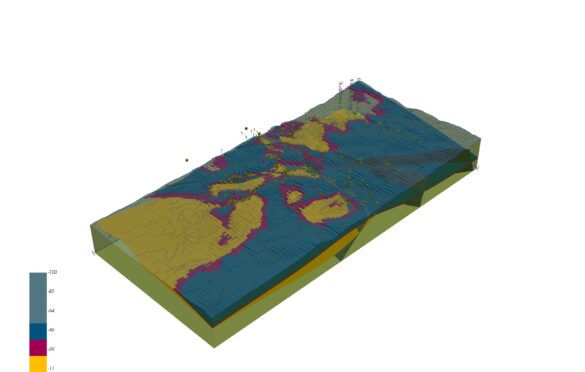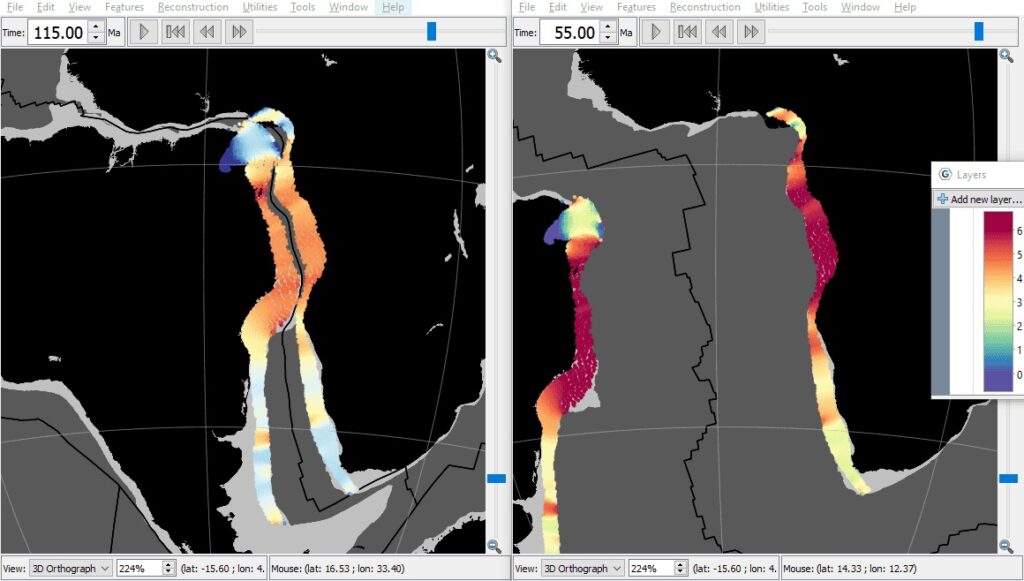Top Free Geological Software for Mapping and Analysis

Geological software are computer programs that are used to aid in various aspects of geology, such as mapping, modeling, and analysis of geological data. Free geological software are open-source programs that are available for free use and distribution, and are typically developed and maintained by a community of users and developers.
Some examples of free geological software include:
QGIS: A free, open-source Geographic Information System (GIS) software used for creating, editing, and visualizing spatial data. Website: https://qgis.org/
GMT: Generic Mapping Tools, a collection of tools for processing and visualizing geographical and geophysical data. Website: https://www.generic-mapping-tools.org/
SAGA GIS: A geographic information system (GIS) software that is used for editing and analyzing spatial data. Website: http://www.saga-gis.org/
OpenJUMP: A free and open-source GIS software that allows users to view and edit spatial data. Website: http://www.openjump.org/
GPlates: A software for the interactive visualization of plate-tectonics. It allows the reconstruction of plate boundaries and paleo-geography. Website: http://www.gplates.org/
gvSIG: Open-source GIS software that is used for creating, editing, and visualizing spatial data. Website: http://www.gvsig.org/
R: a programming language and software environment for statistical computing and graphics. It is widely used for geostatistics and spatial data analysis. Website: https://www.r-project.org/
GemPy: A Python library for geomodelling, which is used for creating 3D geological models. Website: https://github.com/cgre-aachen/gempy

Conclusion
In conclusion, free geological software provide a cost-effective solution for geologists, students, and researchers to perform various tasks such as mapping, analysis, and modeling of geological data. These open-source programs offer a wide range of functionality and are typically developed and maintained by a community of users and developers. From GIS to specialized tools for geophysics, these software programs can aid in various aspects of geology research, study and professional work. The availability of these free software programs also makes it more accessible for students, researchers and small organizations who may have limited budgets.



